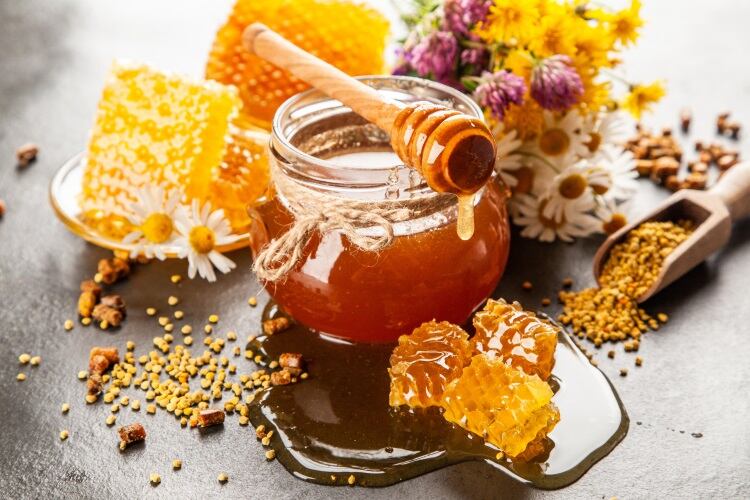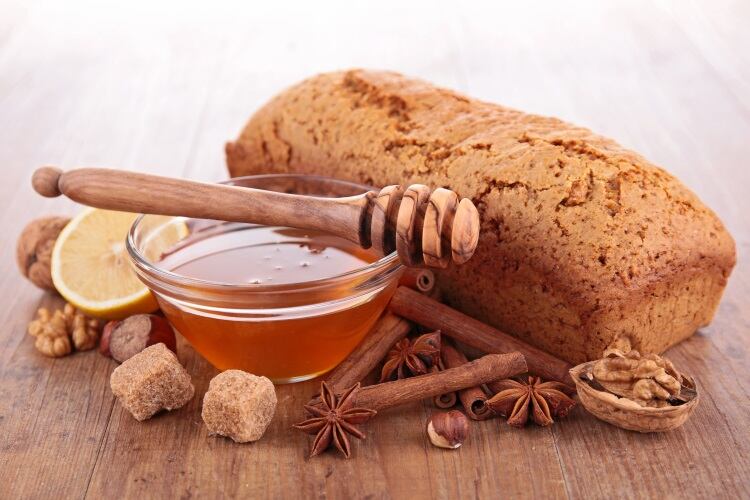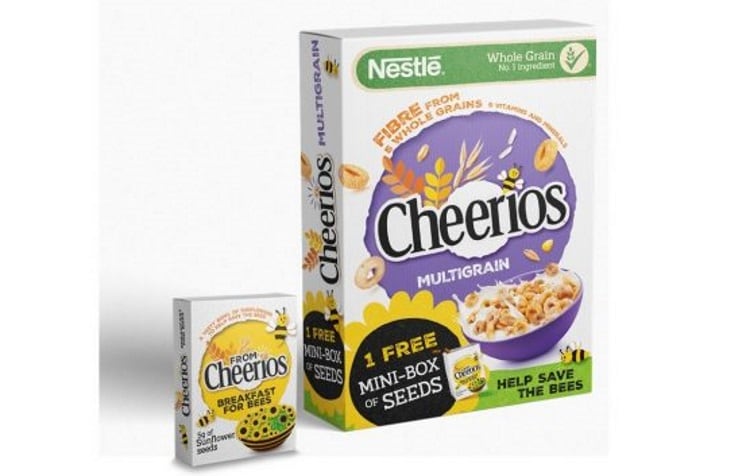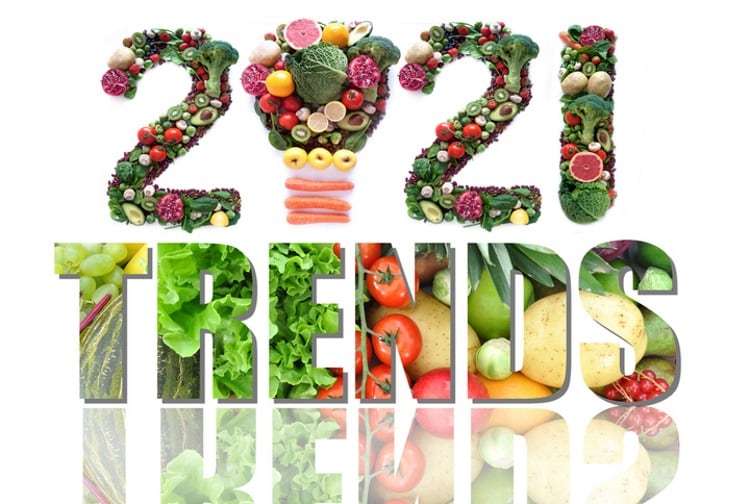Honey is sweet, there is no denying that. There are 117g of carbohydrates per teaspoon of honey that range from simple to complex, each contributing to honey’s trademark sweetness and depth. However, honey is more than just carbohydrates.
In fact, honey has a two wide array of components, including acids, minerals, vitamins, prebiotics and enzymes.
How bees impact the food industry

Allspice, cucumbers, parsley, peaches, leeks, onions and watermelons. What could these spices, vegetables, fruits and herbs possibly have in common? They all require honey bee pollination.
That’s right, without honey bees our diets would be significantly more boring, especially when it comes to bakery foods.
No more apple or cherry pies, buckwheat flour is off the table, as are holiday spices such as cinnamon and nutmeg. In fact, honey bees are responsible for more than one-third of the foods we eat. That’s 90 different crops.
When a bakery formulates a product with honey, they’re supporting beekeepers and their efforts to keep honey bees healthy. They’re also strengthening the connection between our pollinators and our planet’s entire ecosystem. Honey bees contribute so much to the baking industry beyond naturally creating a diverse and versatile sweetener for an array of products.
The natural process that produces honey has likely existed for 100 million years. But even for the honey bee, the nectar the insect creates is unique and has properties not found in other foods.
Honey is the substance made when the nectar and sweet deposits from plants are gathered, modified and stored in the honeycomb by honey bees.
The purity of honey proves beneficial to bakery foods seeking certain functionalities while still maintaining a clean label. According to the National Honey Board, however, the following are just the tip of the iceberg when it comes to defining the functional role of honey in bakery food formulas.
Flavour masking
Ever wondered why so many whole wheat breads contain honey? Most consumers know they should eat more whole wheat products, but they’re not a fan of the taste.
Honey plays a functional role in whole wheat breads, masking some of the bitter flavours of various whole grains without overpowering the product with sweetness.
Honey also is gaining traction in functional bakery foods that feature healthful ingredients with off flavours.
Flavour
The acids in honey account for less than 0.5% of the ingredient’s solids, but they contribute greatly to honey’s unique flavour profile.
One such acid, gluconic acid, imparts a sweet flavour profile that shifts to slightly acidic at the finish. This acid also interacts with other ingredients and can elevate other flavours such as herbs and spices.
Natural shelf life extension
Honey’s fructose content helps clean label breads hold in moisture and naturally extends shelf life. This reduces dryness and crumbliness of bakery foods, making for a more acceptable finished product. The high acidity of honey (average pH 3.91) also helps inhibit mould growth.
Binding
There is a reason so many fruit, nut and seed dense bars contain honey. It’s an amazing binder, holding together bars and bakery foods with a significant number of inclusions.
Colour
Similar to all sugar compounds, honey caramelises during baking and contributes a desirable golden colour to products. However, since honey’s main sugars are glucose and fructose, the maillard reaction triggered by honey will be sped up. This allows bakers to lower their oven temperature or bake time and still maintain a quality colour through their bake.
A prime example of formulating with honey is Over Easy’s line of breakfast bars, which satisfy a multitude of industry trends. Not only are they perfect for the all-day breakfast demand of consumers, but they have 10 or fewer ingredients, a clean label lovers’ dream.
Honey serves as the binding ingredient throughout the four-bar line of Apple Cinnamon, Banana Nut, Peanut Butter and Vanilla Matcha variants.




